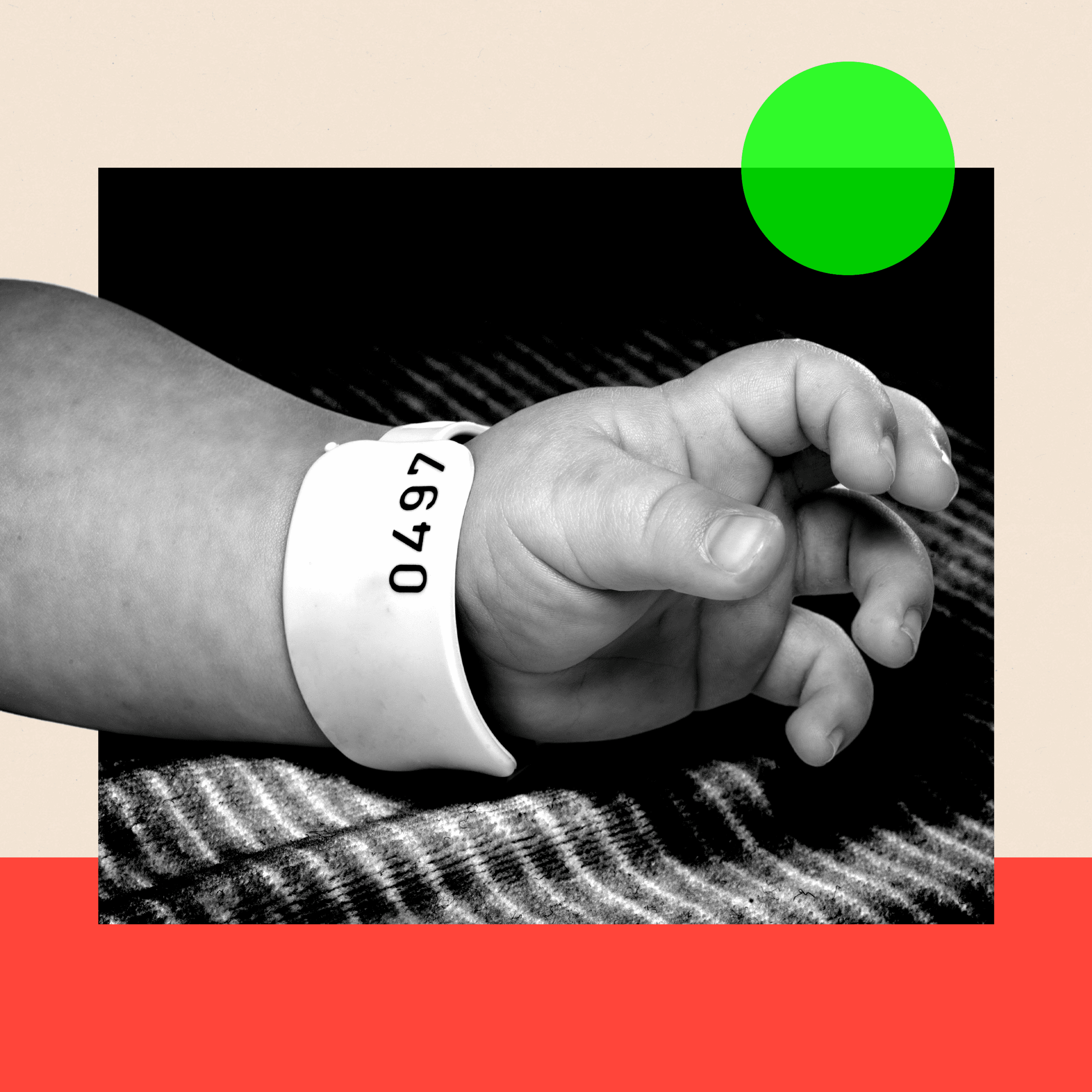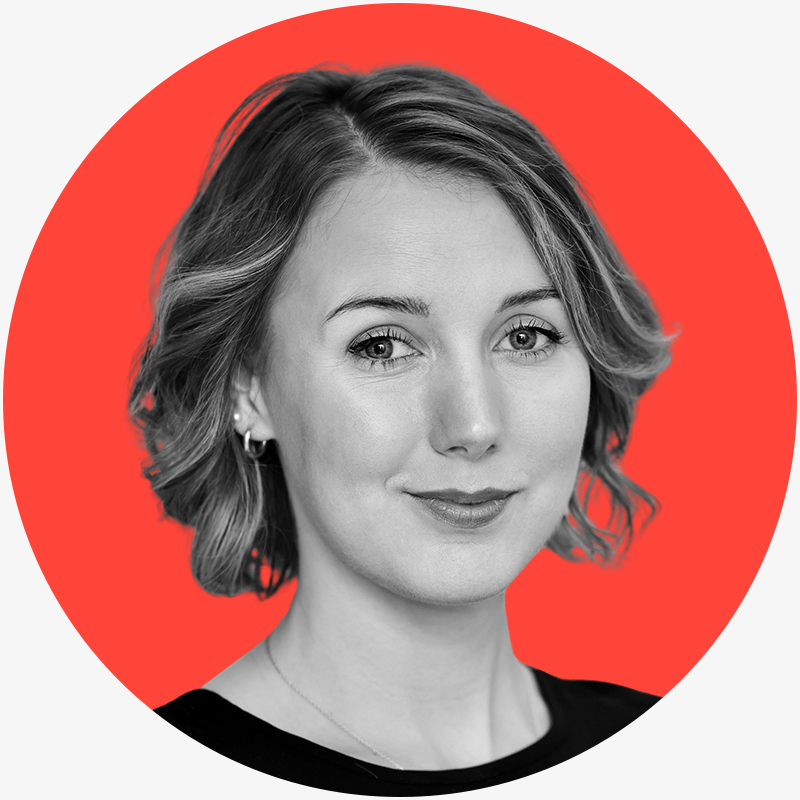
Listen to Hazel read this article
On a sunny day in Brighton last week, a primary school that prided itself on its ties with the local community closed its gates for good.
The day before, official statistics, external had predicted that the number of children in English state nurseries and primary schools, which was already in decline, would fall by a further 4.5% over the next four years.
Schools are given money per pupil, so for those like St Peter's Community Primary School - which is not the only one in Brighton threatened with closure - fewer pupils means less cash, and less cash is an issue for head teachers struggling to fund staffing and resources.
According to the deputy leader of Brighton and Hove City Council, reducing the number of school places was "the right thing to do to secure the long-term future of our schools".
And for the new government ministers calling the shots in education policy, working out what that long-term future will look like, including how many pupils they need to prepare for, may well prove to be a headache.
That's because statisticians are now pointing out that the situation has become even more complicated.
Since 2020, the Department for Education has published projections of how many children in England would be in state education up to, and including, 2032. But new figures published last week, external only went up to 2028 because of "uncertainty in longer-term fertility assumptions".
Roughly translated: A drop in the number of expected births between September 2022 and August 2023 has given forecasters the jitters. They don't want to predict pupil numbers so far in advance as they're unsure how many babies are going to be born.
Projecting births can only get you so far, too.
Last year, more children started reception than had been expected - meaning that although the expected drop in pupil numbers over the next few years is still pushing some schools towards closure, this fall is not forecast to be as large as previously thought.
Possible reasons for this increase in reception numbers, statisticians suggest, external, could be children who were being home-schooled or who were at private schools joining the state sector during the school year.
Resettlement schemes for people from Ukraine, Afghanistan and Hong Kong may have contributed too, as well as more arrivals than expected of children who had been previously living abroad with a parent in the armed forces.
And all this uncertainty has implications, as Luke Sibieta, research fellow at the independent group of economists, the Institute for Fiscal Studies (IFS), points out, external.
It had been anticipated that the government would save money as a result of having fewer pupils to budget for. But now this prospect has "nearly vanished", Sibieta says.
Baby boom - and bust
From the early 2000s right up until 2013, more and more babies were born every year - and so schools expanded to accommodate them.
Then the number of births flattened and started to fall and, with the exception of a small increase in 2021, it hasn't stopped.
In England and Wales, 44% of women aged 30 have children,, external compared to 58% of their mothers' generation at the same age. When their grandmothers were 30, that proportion was 81%. Falling birth rates aren't, of course, unique to the UK.
Migration, too, affects the number of births at any given time. The number of babies born to women who were not themselves born in the UK generally increased until 2016, but has fallen since then., external
And when it comes to the impact on our education system, you can think of changing pupil population like a Mexican wave, with peak birth years moving first through nurseries, then primary schools, then secondary schools, and into colleges and universities.
Right now, the peak of that wave is making its way through secondary schools. Secondary school pupil numbers are expected to peak in 2026 and 2027, so the new government will have to start thinking ahead.
At school level, some of Labour's key policies could be facilitated by a fall in the birth rate.
It will be easier to provide free breakfast clubs in every primary school, for example, when there are fewer mouths to feed.
The government even plans to make use of falling primary numbers by turning some empty classrooms into nurseries to support the roll-out of funded childcare hours.
And the knock-on effects of changes in the projected birth rate will have to be considered at every stage of policy-making.
For instance, the prospect of more pupils than previously thought would make the need to recruit more teachers more pressing than ever.
Colleges say they have already had to expand class sizes to get more and more young people through compulsory English and maths resits, and are calling for an extra £600m a year to accommodate teenagers who are still in secondary school.
The government wants to support anyone with ambitions to go to university to do so - but vice chancellors say the long-term freeze on tuition fees means they make a loss on teaching UK students. , external
The Universities and Colleges Admissions Service predicts there will be one million applicants in 2030. For university leaders, ministers' promise to "create a secure future", external for higher education can't come soon enough.
But the new government should consider that not all pupil rolls will fall equally.
Research from the Education Policy Institute, external suggests that, at local authority level, Lambeth in London will see the biggest drop in primary school pupils between now and 2028, followed by the Isle of Wight and then Brighton and Hove - which was, of course, home to St Peter's Community Primary School.
More from InDepth
Conspiracy theories swirl about geo-engineering, but could it help save the planet?
- Published21 July 2024
Donald Trump’s supporters saw two sides of him. Which one might govern?
- Published19 July 2024
Unfathomable errors and 'cinnamon bun' strategy: Political end-of-term report cards
- Published20 July 2024
However, there are some places where numbers are actually expected to grow - in Central Bedfordshire, Cambridgeshire and Leicestershire, for example.
The pledge to end the exemption of VAT on private school is another policy that relies, to an extent, on pupil projections.
The Institute for Fiscal Studies (IFS) estimates that up to 40,000 children could leave the private sector, and there have been concerns about the pressure this would put on state schools.
Ministers have pointed to research - again by the IFS - that says it would be possible for the state sector to "easily accommodate extra pupils" because of the population fall.
Clearly, though, there is no one-size-fits-all solution.
And the new government will need to base its policy not just on what's happening with birth rates - but where it's happening, too.
Top picture: Getty Images
BBC InDepth is the new home on the website and app for the best analysis and expertise from our top journalists. Under a distinctive new brand, we’ll bring you fresh perspectives that challenge assumptions, and deep reporting on the biggest issues to help you make sense of a complex world. And we’ll be showcasing thought-provoking content from across BBC Sounds and iPlayer too. We’re starting small but thinking big, and we want to know what you think - you can send us your feedback by clicking on the button below.
Get in touch
InDepth is the home for the best analysis from across BBC News. Tell us what you think.

